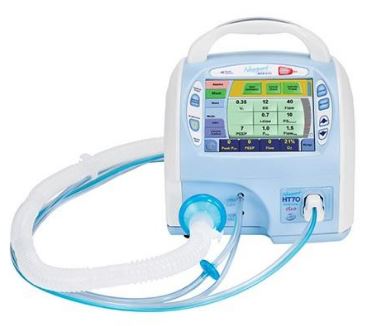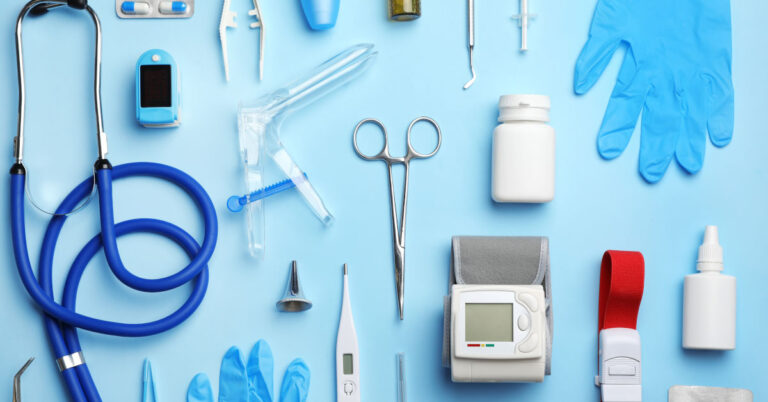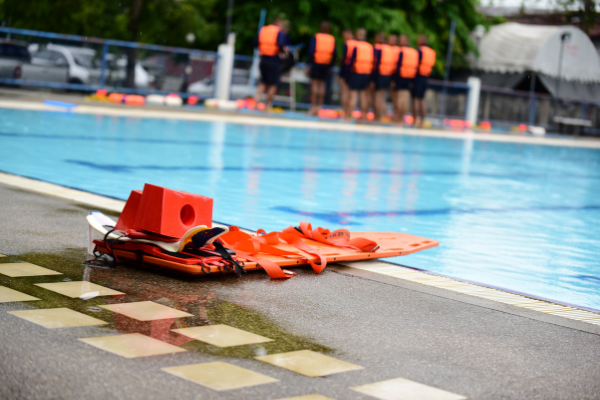
A Beginner’s Guide to Buying Refurbished Medical Equipment
It should come as no surprise that the cost of healthcare has increased dramatically in recent years. One of the biggest contributing factors is the rising cost of medical equipment. To compensate, many healthcare providers are starting to consider alternatives that will help keep their operating costs down. One of these alternatives is purchasing used or refurbished equipment.
Purchasing a refurbished ventilator, defibrillator, infusion pump, or other necessary medical device instead of brand new equipment is a great way to minimize expenses. But before purchasing refurbished equipment, do your research to ensure you’re working with an organization that produces quality repairs. When you know what you’re looking for, you won’t hesitate before purchasing an affordable piece of used equipment. Here are a few things that every new buyer needs to know prior to purchasing refurbished medical equipment.
Understand What “Refurbished” Actually Means
The term “refurbished” isn’t cut and dry. Within the realm of second-hand medical equipment, there are various subcategories—refurbished, used, pre-owned, and reconditioned. Even then, refurbished, can be broken down into even more subcategories—visually refurbished, fully refurbished, and parts replacement. Knowing what each category means will help you fully understand what you’re buying before finalizing a purchase. Equipment that is considered “used” generally comes as-is with no warranties or guarantees. Similarly, “pre-owned” refers to equipment that was purchased brand new by another party.
Equipment that is classified as “refurbished” or “reconditioned” has received cosmetic or functional repairs of some sort. Cosmetic repairs mean there are no functional problems with the equipment, it only received repairs to improve its visual appearance. Other types of refurbished equipment may have received replacement parts prior to being resold, restoring them to full functionality. The last type of refurbished equipment includes models that needed necessary repairs to restore it to a like-new condition. A piece of equipment receiving a complete refurbishment will generally include both cosmetic and functional repairs.
Research the Supplier
When you purchase refurbished medical equipment from a reliable supplier, the equipment can be as dependable as if you purchased it brand new. When researching reliable distributors, there are a few things you should know about their refurbishing policies and practices prior to purchasing equipment.
- If they are a quality reseller, they will offer a warranty on every piece of equipment they sell. The type of equipment will play a role in determining the length of the warranty. The most common warranties range anywhere from three months to one year.
- While purchasing refurbished equipment is a more cost-effective solution than purchasing new equipment, some suppliers will still offer financing options. Be sure to ask potential suppliers if they offer any sort of rental or leasing options as well.
- Be sure you know what features you need and/or want before you start shopping.
If you are shopping to replace a piece of equipment you already have, think about your current device and determine what it is you like and do not like about it. Are there features that newer or other models have that yours does not? How often does it get used? Has technology advanced, making newer models more reliable or better equipped? How long do you need the device to last?
By understanding your expectations before purchasing a refurbished ventilator or other medical device, you’ll better be able to find a device that fits your needs and wants. Buying refurbished equipment allows you to save money without compromising quality.





